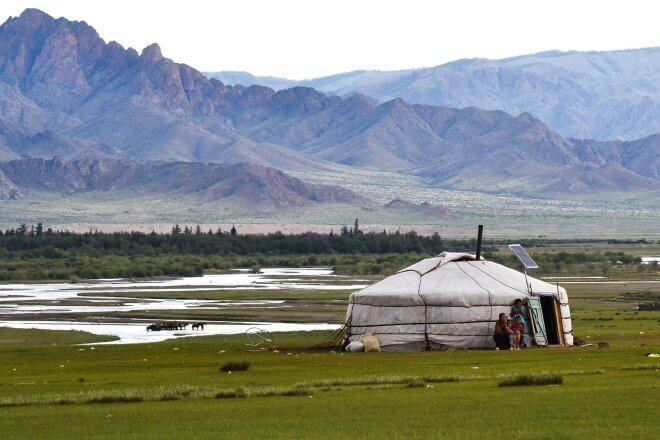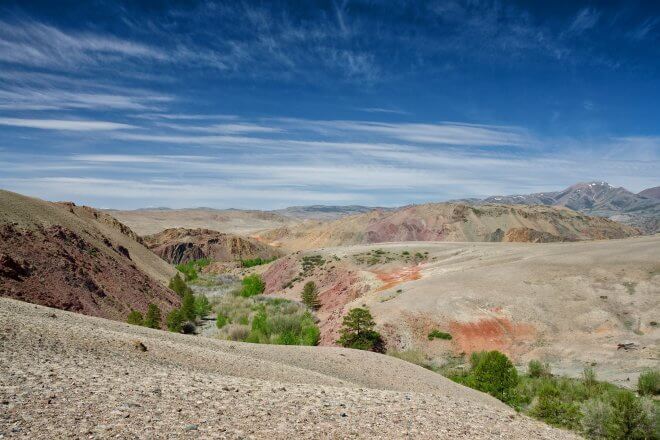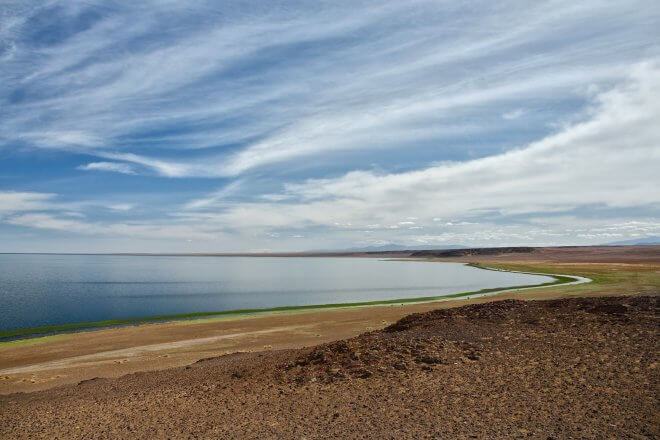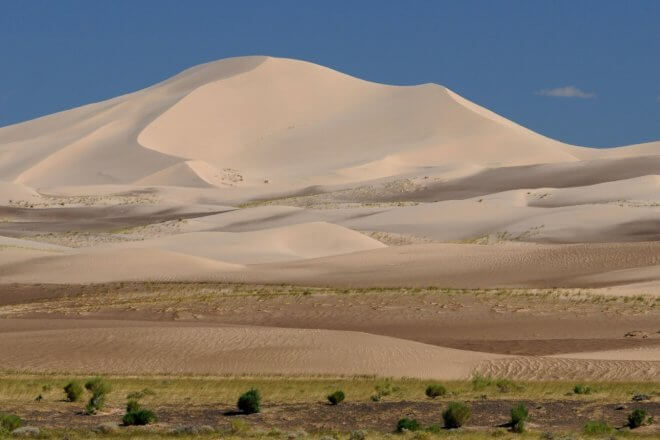Alternative Travel Index Rank: #48
Mongolia is also the 12th Most Underrated Travel Destination
Excels for its oral and intangible cultural heritage (8th in the world)
Population and tourists density at peak season: 2 (very low)
Mongolia is a landlocked country located between China and Russia. It is a vast emptiness that links land and sky and is one of the last few places on the planet where nomadic life is still a living tradition. With a mere 1.7 people per sq. km, Mongolia has the lowest population density among all independent countries in the world. This desolation embodies the country’s enduring appeal, bringing the traveler into a close communion with nature and its nomadic inhabitants.
Travel Costs
Mongolia ranks #28/141 for price competitiveness in Justraveling’s Alternative Travel Index. Average travel costs per day: $35 (backpacker) – $86 (mid-range).
Best Time to Go
May-Sep is the best time to go to Mongolia, when the weather is most favorable for traveling. The travel season hits its highest peak in July, during the Naadam holiday. Mongolia is nicknamed “Land of Blue Skies”, so expect a lot of sun.
Places to Visit
Orkhon Valley Cultural Landscape sprawls along the banks of the Orkhon River in Central Mongolia, some 320 km west from the capital Ulaanbaatar. In 2004 it was inscribed by UNESCO in the World Heritage List as representing the evolution of nomadic pastoral traditions spanning more than two millennia.
Altai Tavan Bogd National Park is a vast mountainous park that borders China and Russia, with views of Kazakhstan from the highest peak in Mongolia. It is home to 3 large freshwater lakes, 34 glaciers, several waterfalls, and the rock paintings of Tsagaan Salaa, dating from the Neolithic to the Bronze Age.
Uvs Nuur Basin takes its name from Uvs Lake, a large, shallow and very saline lake in the basin’s center. It is part of a combination of raised lands and hollows located throughout the Tannu-Ola and Altai mountainous regions.
The Khoit Tsenkher Cave is well known for its Paleolithic rock paintings, that include symbols and animal forms. Painted in brown or red, from the walls up to the ceiling, they often form a palimpsest of overlapping images.
Gun-Galuut Nature Reserve is a protected area dedicated to the conservation of threatened species. The harmonized complex of mountains, steppes, rivers, and lakes keeps its original condition, and offers a rare ecosystem diversity.
Travel Ideas and Things to Do
Hiking the Gobi Desert is simply an irresistible temptation for adventurous travelers. This great desert is crossed by several trade routes, some of which have been in use for thousands of years. Today is one of the best trekking to be found in Asia, giving a chance to truly experience the Mongolian nomadic culture.
Mongolia is an extremely vast and beautiful country, so the Trans-Mongolian Train may be a wise choice to travel across its great steppe. The railway follows an ancient tea-caravan route from China to Russia. More info here.
Make a difference in Mongolia with Projects Abroad and its wide selection of programs ranging from medicine/healthcare to human rights and journalism.
More active travel ideas for your next trip can be found in the Hiking Series. Check out these five routes to enjoy an awesome day hike in Mongolia.
This Travel Guide is a work in progress. Improve it with a Mongolian touch!
- Browse All Non-EU Destinations
- World’s Best Alternative Travel Destinations
- Trip Planning: Inspiration, Budget, Flights, Accommodations, Tools
Sources: some text excerpts from Wikitravel & Wikipedia; travel cost data from Numbeo.




